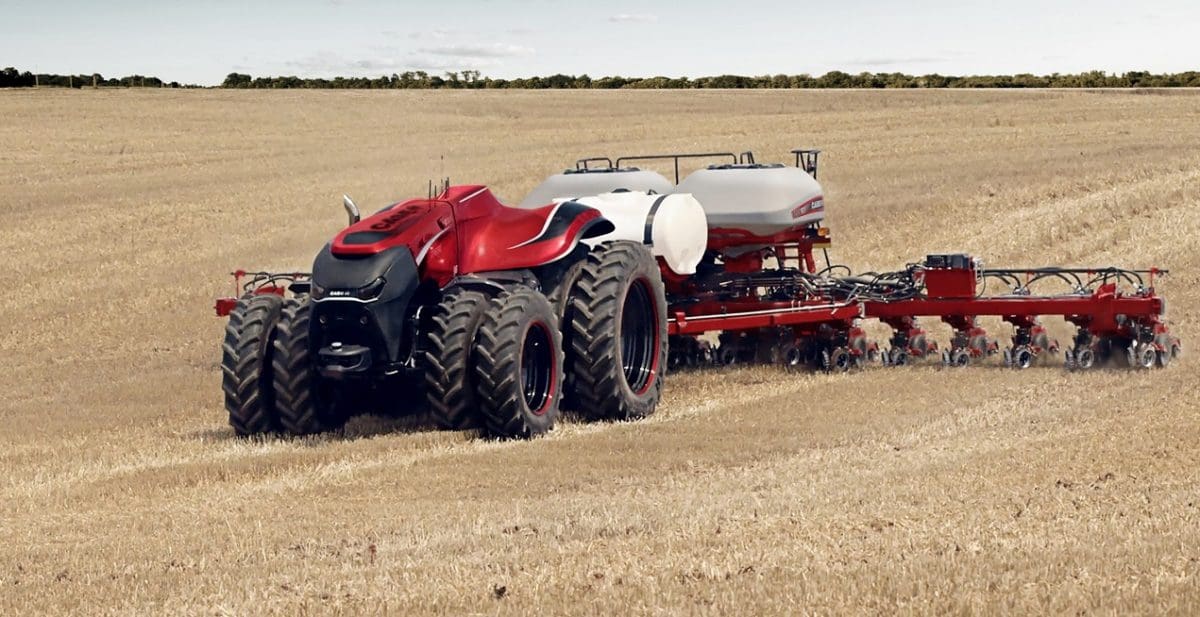
MORE than half of grain producers cite affordability as a key barrier to adopting fully autonomous farm machinery, according to survey data released last week.
Despite these concerns, 61pc of survey participants say they are interested to learn more about these new technologies, particularly via hand-on demonstrations and field days.
An independent survey measuring the current attitudes of broadacre grain producers throughout Australia was recently conducted as part of a partnership between Grain Producers Australia, the Tractor and Machinery Association of Australia and the Society of Precision Agriculture Australia.
The groups have worked together since 2019 to develop the Code of Practice for Agricultural Mobile Field Machinery with Autonomous Functions in Australia.
In June last year, they launched a new three-year partnership aimed at supporting the Code’s implementation, along with other new initiatives, with survey central to this new collaboration.
Alongside affordability, the survey results show connectivity and confidence in skills to use autonomous farm machinery appropriately, were also identified as clear barriers to the technology’s future uptake in Australia.
Guide for industry, government
In addition to detailing the survey findings, the report, titled Autonomous Farm Machinery Use in Australia – A Snapshot, makes brief recommendations covering industry education and outreach, financial and policy support, infrastructure and technology readiness, and the need for ongoing monitoring and future research.
GPA RD&E spokesperson, Andrew Weidemann AM, said this report can be used to help guide industry bodies, machinery companies and governments in approaches to education, regulation and market rollout.
“Fully autonomous farm machinery is still in the early stages of adoption here in Australia compared to the rest of the world and this almost clean slate is a great opportunity for growers,” Mr Weidemann said.
“This technology has the chance to increase profitability, efficiency and farm safety with industry owning the process.
“It is to our benefit to take advantage of new technologies that can boost our global competitiveness in production and efficiency, but it is important that we as farmers have confidence in ourselves and the technology.”
TMA executive director Gary Northover said understanding of the true cost benefits of using autonomous technology on farms would continue to be both the barrier and driver for adoption into the future.
“As technology develops and we move towards commercial production of fully autonomous machinery, affordability is going to need to be front of mind,” Mr Northover said.
“The solutions that autonomous machinery provide for farmers will always need to outweigh the costs and it is important for us to make sure farmers and manufacturers can work together to find these solutions.
“By improving awareness, investment, and access to these technologies, we can ensure Australian agriculture remains globally competitive and at the forefront of innovation.”
SPAA executive officer Angelique McAvoy said the GPA, TMA, and SPAA partnership will help support farmers in navigating this emerging space and unlocking its benefits.
“The Autonomous Farm Machinery Survey shows strong farmer interest, but many find the technology overwhelming,” Ms McAvoy said.
“A key challenge is the confusion between precision ag tools such as GPS and autosteer and true autonomy, such as driverless cropping machinery.
“This knowledge gap highlights the need for clearer communication and education to differentiate assisted guidance from fully autonomous systems.”
Ms McAvoy said SPAA was proud to collaborate with GPA and TMA on the Autonomous Code of Practice for Agricultural Field Machinery, ensuring safety and best practices as autonomous technology expands.
“By improving awareness, offering hands-on learning, and establishing clear safety frameworks, we can help farmers confidently take the next step toward autonomy.”
As part of the joint partnership, a regular independent survey will be conducted, and updated report.
Source: Grain Producers Australia

HAVE YOUR SAY